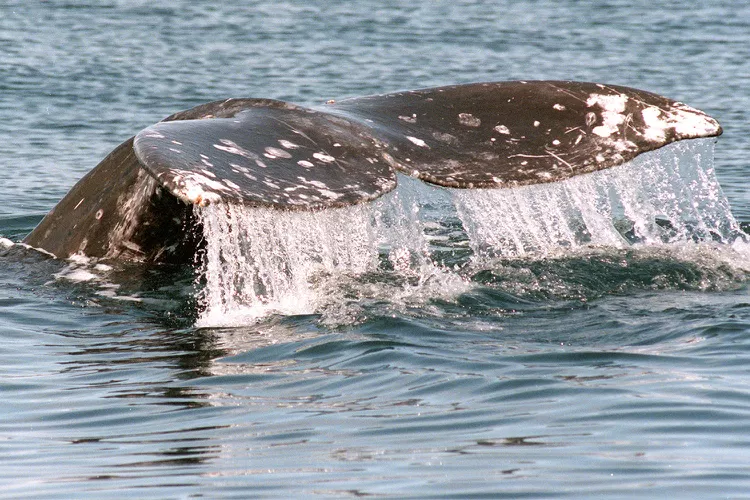1. Introduction to Whale Watching in Northern California
For those considering whale watching in Northern California, stretching from Marin County to the Oregon border, this guide outlines the prime locations, optimal times, and tips for observing some of the largest marine creatures in the world swimming off the California coast.
2. Best Time for Whale Watching
The whale watching season in Northern California begins earlier and lasts longer than in other regions. Gray whales, the most frequently seen species, embark on a remarkable migration journey from the Arctic Ocean to the coast of Mexico, spanning approximately 10,000 to 12,000 miles. They can be spotted along the Northern California coast from December to February, with their northward migration occurring from March to May.
Additionally, killer whales (orcas) are occasionally sighted along this stretch of coast. For further insights into the diverse wildlife of the region, consider researching the marine life found along the California Coast.
:max_bytes(150000):strip_icc():format(webp)/GettyImages-1072347594-5c34fc6a46e0fb0001950a26.jpg)
3. Whale Watching Cruises
While the number of whale-watching companies on the northern coast is relatively small compared to other regions, a few options are available for enthusiasts. Bodega Charters offers whale watching cruises in Bodega Bay from January through late April. In Mendocino, several companies provide seasonal trips for those who wish to see whales up close from the water.
:max_bytes(150000):strip_icc():format(webp)/GettyImages-935770872-5c34fdcd46e0fb0001332829.jpg)
4. Whale Watching From Land
Some of the best terrestrial whale watching locations in Northern California are those where the land extends into the ocean. Locations with “point” in their names are particularly promising. The following are excellent whale watching spots along the Northern California coastline, listed geographically from south to north:
- Point Reyes: This peninsula protrudes 10 miles into the ocean, offering prime viewing for migrating gray whales. Peak viewing times occur in January and March, leading the park to operate a weekend shuttle bus from the Drakes Beach parking lot from January to April due to high visitor traffic.
- Bodega Bay: Bodega Head Park provides high cliffs suitable for spotting whales. This area is part of Sonoma Coast State Park, where volunteers are available to assist visitors from January through Mother’s Day.
- Near Jenner: Fort Ross State Park and Salt Point State Park are noted spots for whale watching along this northern coastline.
- Mendocino: Point Arena and Point Cabrillo are fantastic locations for observing whales near Mendocino, both housing historic lighthouses for visitors to explore. Additionally, several towns in Mendocino County celebrate annual whale festivals.
- Humboldt County: The optimal times for whale viewing here are from September to January and from March to June. High cliffs overlooking the ocean, such as Trinidad Head and Shelter Cove on the Lost Coast, are prime locations.
5. Other Parts of Northern California
If your exploration areas extend south beyond this guide’s focus, consider looking into whale watching options available in San Francisco and Half Moon Bay. Even further south, you can find opportunities for whale watching in Monterey and Santa Cruz.




